Increased Investment in R&D
The human augmentation market is experiencing a surge in investment directed towards research and development (R&D). This trend is primarily driven by the need for innovative solutions that enhance human capabilities. In the US, funding for R&D in this sector has seen a notable increase, with estimates suggesting that investments could reach upwards of $10 billion by 2026. This influx of capital is likely to accelerate the development of advanced technologies, such as exoskeletons and brain-computer interfaces, which are pivotal in the human augmentation market. Furthermore, collaboration between private companies and government agencies is fostering an environment conducive to innovation, thereby enhancing the competitive landscape of the industry.
Aging Population and Healthcare Needs
The aging population in the US is significantly impacting the human augmentation market, as there is an increasing need for solutions that address age-related challenges. As the demographic shifts, the demand for assistive technologies, such as mobility aids and cognitive enhancement devices, is likely to rise. Reports indicate that by 2030, nearly 20% of the US population will be over 65 years old, creating a substantial market for products that enhance quality of life. This demographic trend is prompting healthcare providers to invest in human augmentation technologies that can help manage chronic conditions and improve overall well-being, thereby driving growth in the human augmentation market.
Growing Demand for Enhanced Performance
The human augmentation market is witnessing a growing demand for technologies that enhance physical and cognitive performance. This demand is largely fueled by sectors such as healthcare, military, and sports, where the need for improved efficiency and effectiveness is paramount. For instance, the military is increasingly adopting augmented reality systems to enhance situational awareness among soldiers. In the healthcare sector, wearable devices that monitor health metrics are becoming essential tools for both patients and professionals. Market data indicates that the wearable technology segment alone is projected to grow at a CAGR of 15% through 2028, reflecting the broader trend of performance enhancement within the human augmentation market.
Regulatory Support and Ethical Frameworks
Regulatory support and the establishment of ethical frameworks are becoming increasingly important in the human augmentation market. As technologies evolve, there is a pressing need for guidelines that ensure safety and efficacy. The US government is actively working on policies that promote innovation while safeguarding public interests. This regulatory environment is likely to encourage investment and development in the human augmentation market, as companies seek to navigate compliance requirements effectively. Furthermore, ethical considerations surrounding human enhancement technologies are prompting discussions that could shape future regulations, ensuring that advancements align with societal values and expectations.
Technological Advancements in AI and Robotics
Technological advancements in artificial intelligence (AI) and robotics are playing a crucial role in shaping the human augmentation market. Innovations in these fields are enabling the development of sophisticated systems that can augment human capabilities in various domains. For example, AI-driven algorithms are enhancing the functionality of prosthetics, allowing for more intuitive control and adaptability. Additionally, robotics is facilitating the creation of exoskeletons that assist individuals with mobility impairments. The integration of AI and robotics is expected to propel the human augmentation market forward, with projections indicating a market value exceeding $30 billion by 2027, underscoring the transformative potential of these technologies.


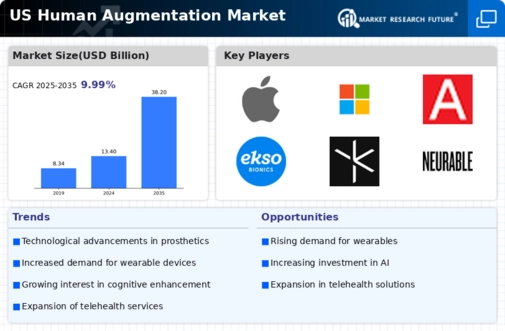
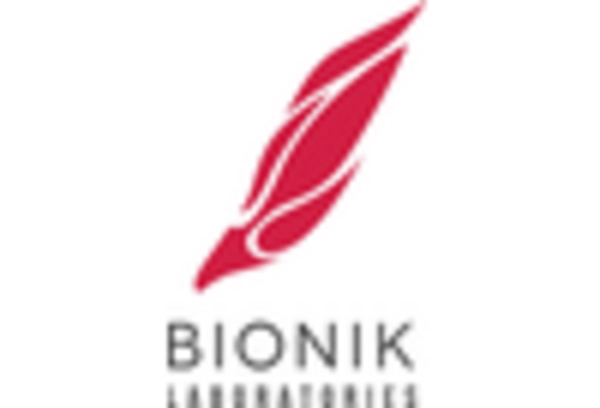

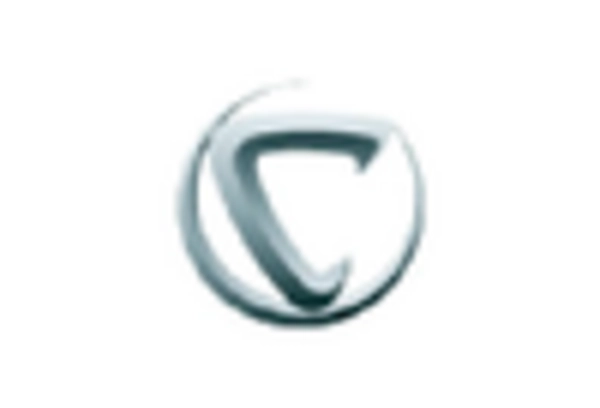
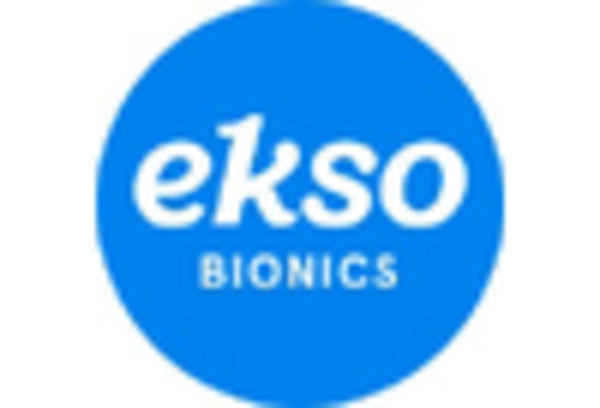
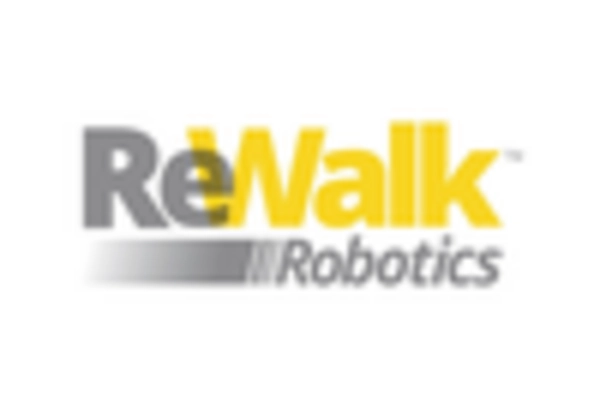
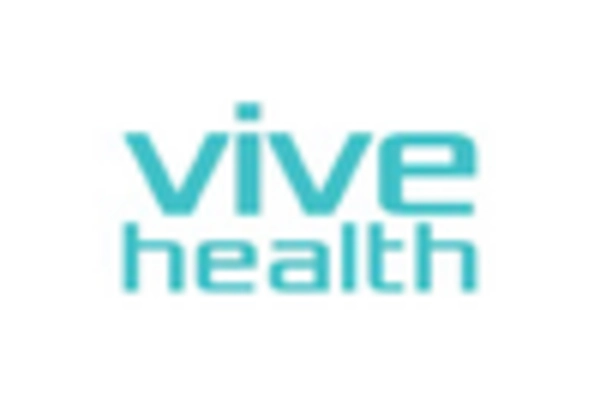








Leave a Comment